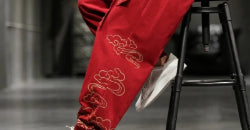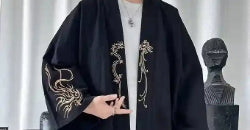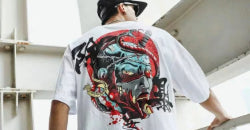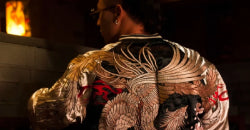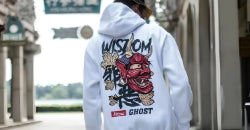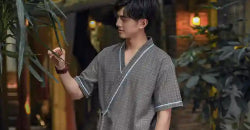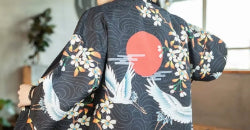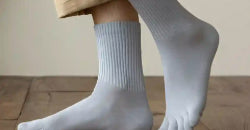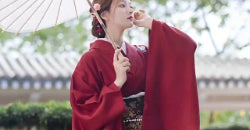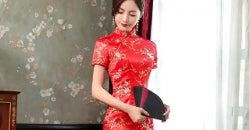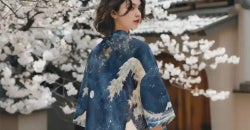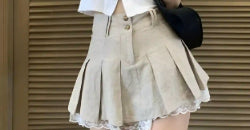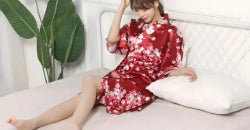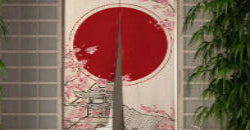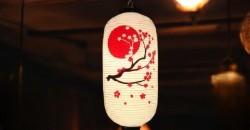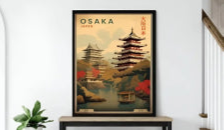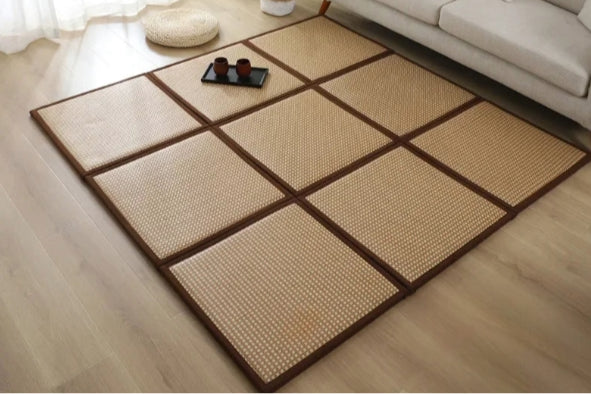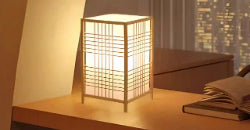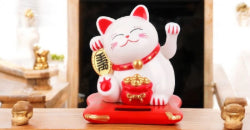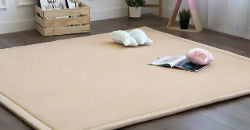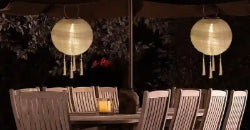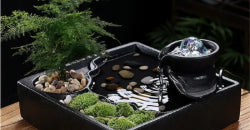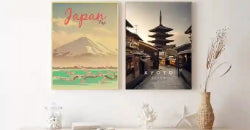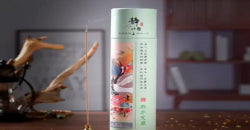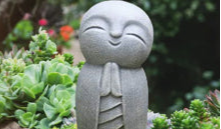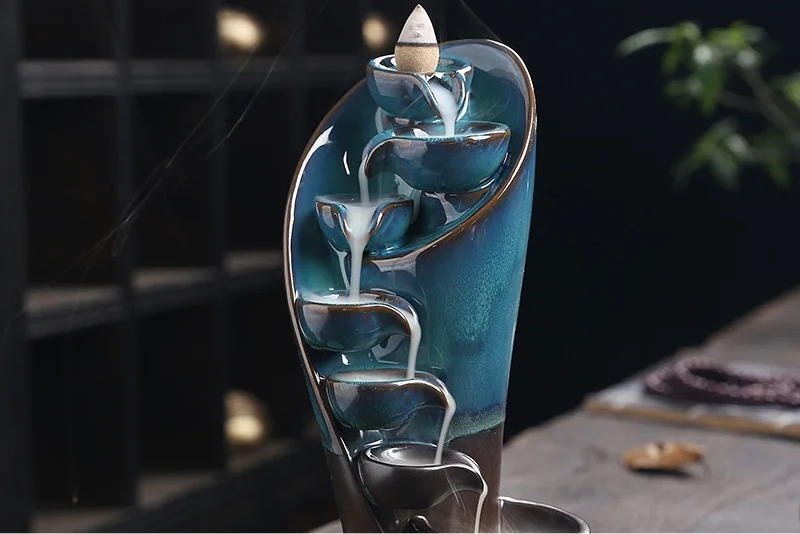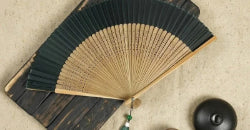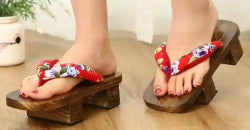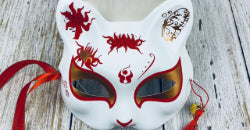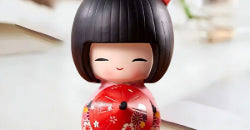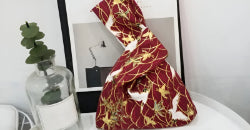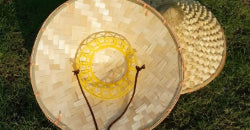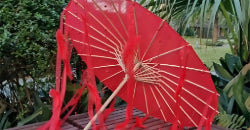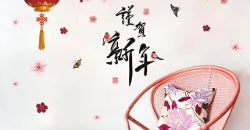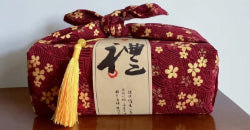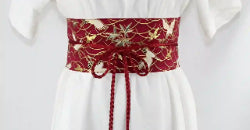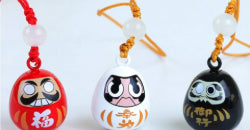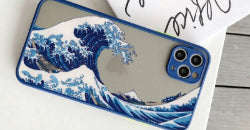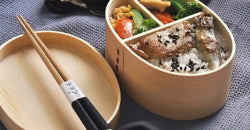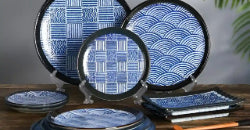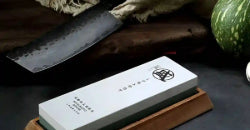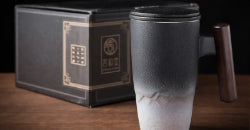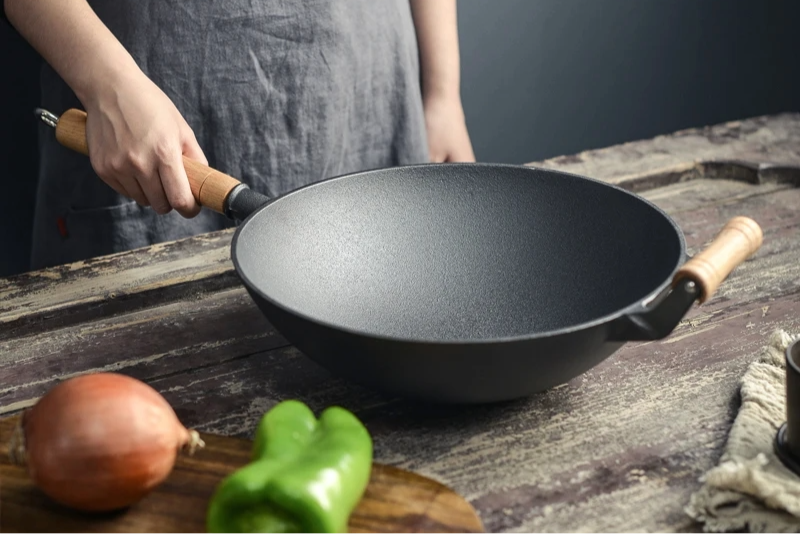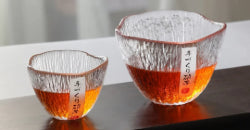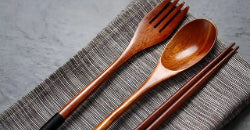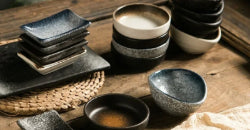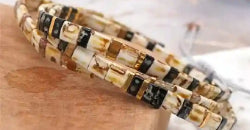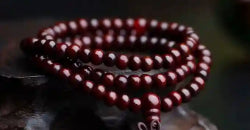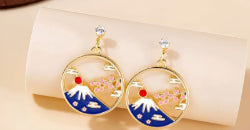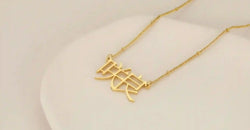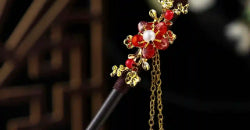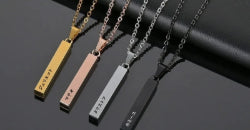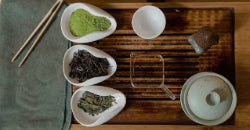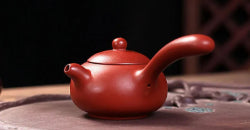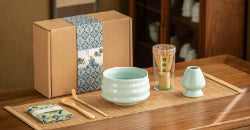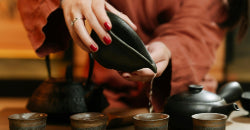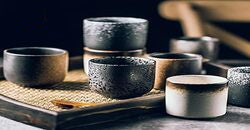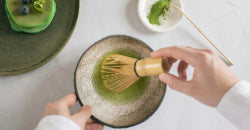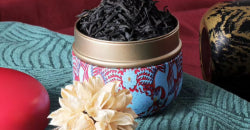Japanese style: a source of inspiration for women's fashion

Source: Freepik
Between tradition and modernity, Japanese style fascinates with its refined elegance and attention to detail. For several years, its influences have been making their way into women's fashion collections, inspiring designers and enthusiasts. Discover in this magazine how this unique cultural heritage has become an essential reference in the world of women's ready-to-wear.
Japanese Style: What is it?
Japanese style is distinguished by a unique aesthetic that blends tradition and modernity. In women's fashion, it translates into:
-
fluid silhouettes;
-
elegant overlays; and
-
a palette of sober colors.
Inspired by the art of minimalism in clothing and respect for balance, this style values freedom of movement and understated elegance . It favors noble, often natural materials and careful tailoring that emphasizes quality rather than ostentation. More than a trend, it embodies a clothing philosophy where each piece tells a story and enhances femininity with restraint and sophistication.
What are the different types of women's fashion in Japan?
Source: Freepik
Women's fashion in Japan is divided into two broad categories, each with its own codes and customs. On the one hand, traditional Japanese clothing , or wa-fuku, is an integral part of Japanese history and clothing culture . Among these pieces, the modern kimono , yukata, haori, and geta sandals are the most emblematic. Although these garments are no longer worn daily, they remain strong symbols of Japanese culture . They are mainly reserved for special occasions such as:
-
festivals;
-
ceremonies; or
-
stays in ryokans.
Wa-fuku embodies a deep respect for traditions and timeless beauty, emphasizing the craftsmanship and symbolism of Japanese floral motifs .
On the other hand, Western fashion, or yô-fuku, arrived in Japan at the turn of the 19th and 20th centuries, revolutionizing clothing habits. Today, it represents an important part of the daily lives of Japanese women. The rise of varied styles, ranging from classic to more daring, has found its expression in Harajuku , a Tokyo district known for its fashion creativity. This unique blend of Western culture and Asian inspiration gives rise to diverse urban looks, where each outfit becomes a way to assert one's individuality.
Styles present in women's fashion in Japan
Japanese women's fashion is distinguished by a wide variety of styles with varied influences, combining historical inspirations with boundless creativity. Behind each style lies a well-defined community and philosophy, which contribute to making Japan a benchmark in terms of sartorial creativity. Discover six iconic styles that embody the boundless creativity and contrasts of contemporary Japanese fashion .
1. The Decora style
Decora style is an explosion of color and fantasy, which focuses primarily on the accumulation of Japanese accessories . It seduces with its exuberance and its lack of aesthetic limits. Outfits are often composed of colorful pieces layered, evoking childhood and the playful world of cartoons . Decora style followers adopt a deliberately busy, even saturated, look that immediately attracts attention. Typical elements include:
-
a multitude of barrettes, jewelry, stickers or stickers.
-
layered clothing, often in pastel or neon shades.
-
plush bags, printed stockings and oversized shoes.
The Decora style embodies a joyful and uninhibited form of expression, far from the standards of classic fashion.
2. Lolita style

Source: Freepik
Inspired by the elegant silhouettes of the 18th century , the Lolita style revisits the codes of romanticism and childhood with a dramatic touch. Highly codified, it mixes lace, puffy skirts, bows and refined accessories. The variations are numerous. Sweet Lolita favors:
-
pastel colors;
-
floral or fruity patterns; and
-
a soft makeup.
Gothic Lolita, on the other hand, adopts a dark palette enhanced with red or purple, with elements borrowed from the Gothic universe . Other variants such as Country Lolita or Wa Lolita bring rustic or traditional touches. All share the same objective: to embody an elegant , timeless doll figure .
3. Mori Kei style
Mori Kei, literally "forest style," advocates a return to nature and simplicity. Inspired by a peaceful life in the forest, it favors natural materials and soft hues. Far from flashy fashions, this style seduces with its sobriety and poetic aspect. Followers adopt a wardrobe with a bohemian and comfortable look . The key elements of the Mori Kei style are:
-
loose-fitting clothing made of linen, cotton or wool.
-
a layering of pieces: long dresses, vests, shawls.
-
neutral colors like beige, brown, moss green or gray.
The style evokes a form of melancholic sweetness, between reverie and authenticity.
4. The Gyaru style
The Gyaru style emerged as a reaction against traditional Japanese beauty standards . Heavily influenced by Western culture, it relied on exaggeration: artificial tanning, bleached hair, heavy makeup, and provocative clothing. The Gyaru style has had several sub-branches, such as the Ganguro, who have very dark skin and blond hair, or the Kogal, who adopt school uniform miniskirts . In contrast to the classic canons, this style claims a free and assertive identity, often perceived as rebellious. Although it has lost its popularity, the Gyaru style remains a reference of exuberance and the will to assert oneself.
5. Visual kei style
Born from the world of music, Visual Kei combines theatrical aesthetics with androgynous identity. It was very present in the 90s and is still a pillar of alternative culture today. This style favors spectacular outfits, often inspired by punk or goth, with an emphasis on hair, makeup , and stage attitude. Clothing is often decorated, asymmetrical, or ripped, and colors oscillate between deep black and vibrant hues. This style blurs genres and defies conventions. Much more than a clothing choice, Visual Kei is a way to assert a strong and unique artistic personality.
6. Cosplay style

Source: Freepik
Cosplay, short for "costume playing," is a cultural phenomenon rooted in Japanese society. It involves embodying a fictional character , often from a manga, anime, or video game. More than just a disguise, it's a complete performance that includes:
-
a costume faithful to the smallest details.
-
a reproduction of the character's attitudes and expressions.
-
neat accessories, hairstyles and makeup.
In Japan, cosplay is ubiquitous at events, but also in certain neighborhoods like Akihabara and Harajuku. This style reflects a genuine passion for Japanese popular culture and a desire to express one's creativity by immersing oneself in another universe.
Which Japanese designers are making their mark on the world of contemporary fashion?

Source: Freepik
The Japanese influence on contemporary fashion is illustrated through visionary Japanese designers who have shaken up established norms. Kenzo Takada was one of the first to inject a touch of exoticism into the heart of the Parisian scene. By the 1970s, his dazzling approach, fusing jungle-inspired patterns with loose, kimono-inspired cuts, brought a new energy to ready-to-wear. His taste for spectacle, with shows resembling theatrical performances, redefined the fashion show experience. At the same time, Yohji Yamamoto made his mark with a dark, structured, and deliberately anti-conformist aesthetic. His loose-fitting style, often perceived as protective, emphasizes clothing as a barrier to the gaze, rather than an object of seduction. His work, at the intersection of masculine and feminine, is part of an approach to liberating the body and gender norms.
In an even more experimental register, Rei Kawakubo stands out for his radically avant-garde approach. His creations, often deconstructed, renounce symmetry and conventions, celebrating imperfection and asymmetry in a spirit close to the wabi-sabi aesthetic . His pieces go so far as to deliberately remove essential elements of clothing, blurring the line between art and fashion. For his part, Issey Miyake has established himself as a technological and environmental pioneer. By integrating traditional Japanese fabrics and exploring innovative processes, he has shaped a fashion that is both poetic and functional, imbued with pure design.





